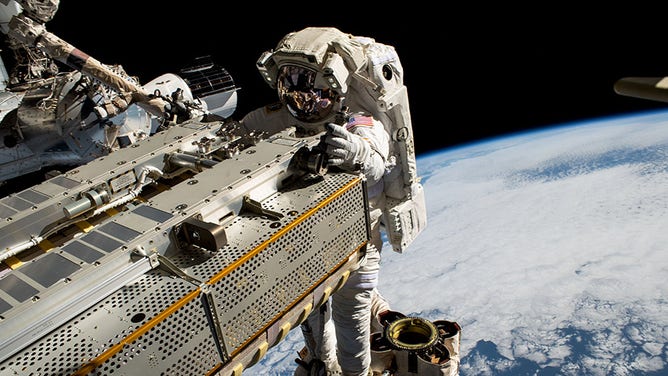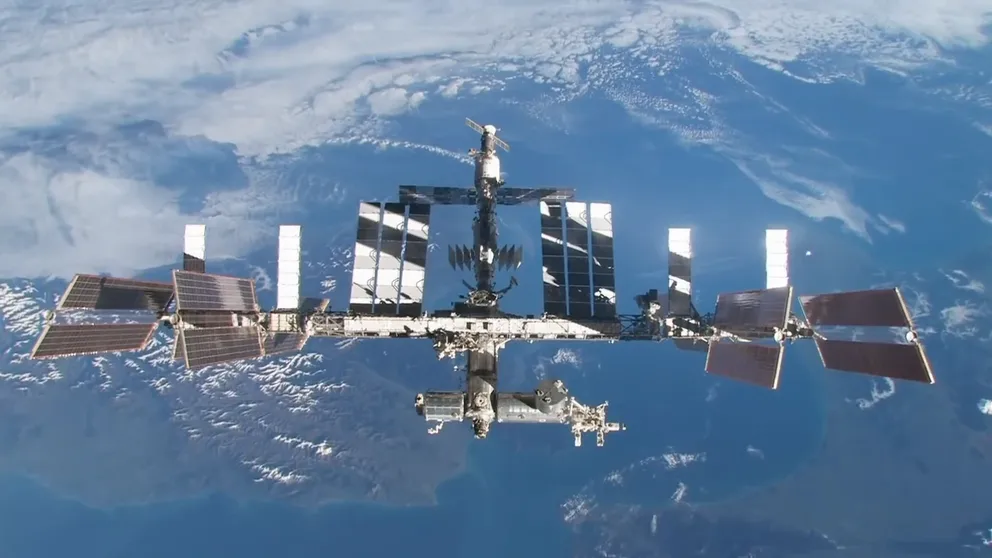Spacewalking astronauts to install final solar arrays completing ISS power upgrade
NASA astronauts Stephen Bowen and Woody Hoburg will install the sixth and final rollout solar array outside the International Space Station. The power upgrade work first began in 2021.
What is the International Space Station?
The International Space Station (ISS) has hosted astronauts living and working in space for more than two decades, making groundbreaking contributions to technology and medicine along the way.
Astronauts will finish a process Thursday that started more than two years ago to upgrade the International Space Station's power grid with the final installation of two solar arrays that arrive at the station rolled up like yoga mats.
NASA astronauts Stephen Bowen and Woody Hoburg will begin their spacewalk outside the ISS at 9 a.m. EDT. The pair will install the final ISS rollout solar array or iROSA made by Redwire Space.
NASA astronaut Frank Rubio and Sultan Alneyadi of the United Arab Emirates will be inside the station maneuvering the Canadaarm2 robotic arm to help Bowen and Hoburg get the solar array onto the ISS starboard truss.
NASA will livestream the spacewalk on NASA TV and at NASA.gov beginning at 8 a.m. EDT.
Solar power but make it flexible

NASA astronaut Woody Hoburg rides the Canadarm2 robotic arm while maneuvering a roll-out solar array during a spacewalk on June 9, 2023. (Image: NASA)
(NASA)
SpaceX has been launching two iROSAs at a time in the trunk of the Cargo Dragon spacecraft. The first two of six iROSAs were installed in 2021, and Bowen and Hoburg installed the most recent array on June 9.
The solar arrays are rolled up like carpets and, with the help of astronauts, unfurl in space. The arrays are much smaller and more flexible than the original solar panels installed on the ISS more than 20 years ago. The new arrays with Boeing solar cells provide 28 kilowatts of power. According to Redwire Space, the six arrays can produce 120 kilowatts over 10 years, increasing the ISS's capacity by about 30% and will help power the International Space Station through 2030.
The flexible solar technology is producing power across other spacecraft and NASA programs.
Under the Artemis program, the space agency plans to use them on the Lunar Gateway, an orbiting station around the moon. Another pair of rollout solar arrays was used on NASA's DART spacecraft that intentionally rammed into an asteroid last year.

Inside the Space Station Processing Facility high bay at NASA's Kennedy Space Center in Florida, technicians assist as a crane is used to lower a set of International Space Station Roll Out Solar Arrays (iROSA) onto a platform on March 23, 2023.
(NASA)
